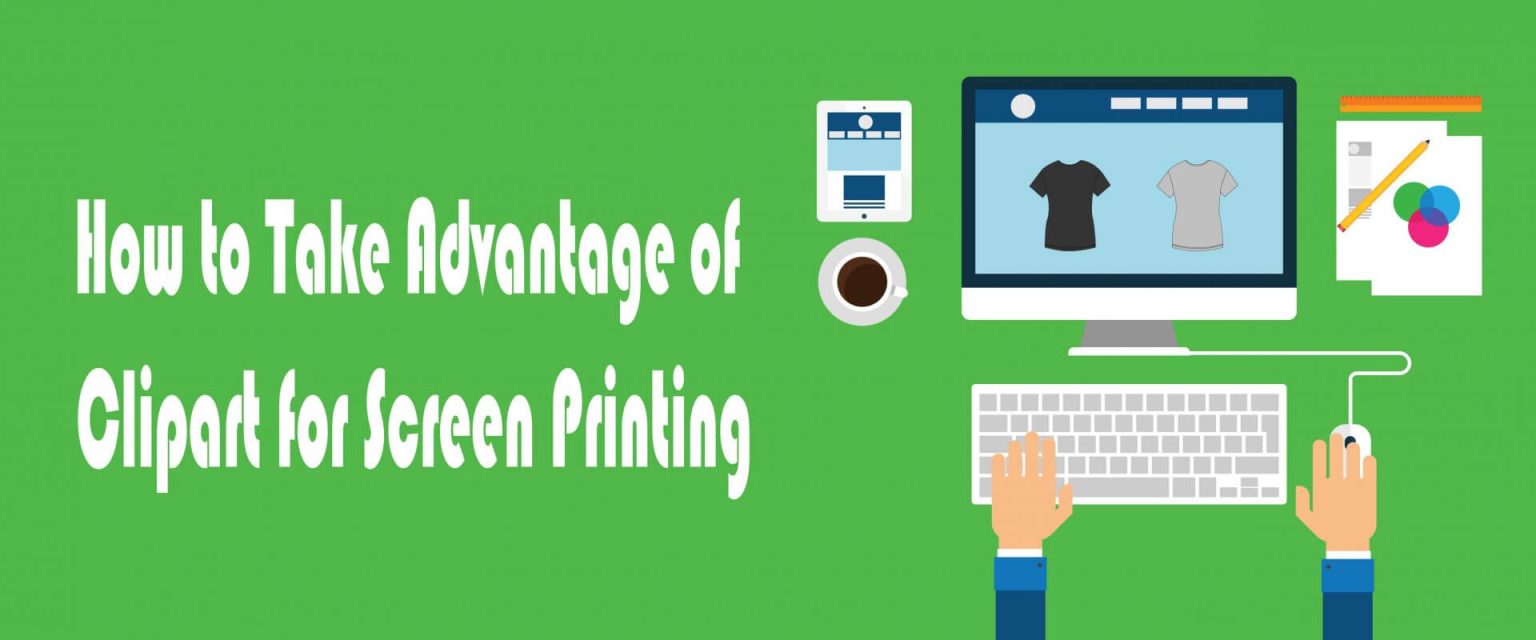

Revolutionizing the screen printing industry through cutting-edge technology and quality service
Anatol Equipment Manufacturing Co.
1429 S Shields Dr
Waukegan, IL 60085


Revolutionizing the screen printing industry through cutting-edge technology and quality service
Anatol Equipment Manufacturing Co.
1429 S Shields Dr
Waukegan, IL 60085

Whether you’re employing a graphic designer or piecing together your own designs, there’s one thing that can help you create your artwork faster: clipart.
“Clipart” might bring to mind simple, dated images available for free through desktop software or a quick internet search. Really, “clipart,” or “stock art,” refers to any ready-to-use artwork that can be pulled for use in graphic design. Clipart can range from the elaborate to the basic, and from high quality to highly questionable.
There is no shortage of clipart available for screen printers. You can purchase clipart images individually, or in bulk packages that are usually compiled by image type (sports, holidays, mascots, etc.). When choosing images for your screen printing shop, you do have to beware of what you’re purchasing, both in terms of quality and in terms of licensing.
The clipart that you find available in office supply stores or through online shops might be fine for desktop publishing or paper-based printing. They won’t necessarily be suitable for use in screen printing. Purchasing the wrong images can leave you spending as much time cleaning up unsuitable clipart as you would have spent designing artwork from scratch. If you know how to quickly determine which images will reproduce well on garments, you might be able to find and use general stock art images, or you can purchase images that are specifically designed for screen printing.
You also have to be aware of the type of licensing included in your clipart purchases. Purchasing some clipart will allow you to use and reproduce that image an unlimited amount of time. Other licensing agreements may cap how many times you can print the image, or they might dictate how you can alter the image for printing. Be sure that you fully review all clipart licensing agreements before you purchase the art to save yourself from any legal headaches down the road.
For clients looking for simple, inexpensive screen printed apparel, you might be able to use clipart as is and lay down a simple one-color print. You don’t have to use clipart straight from the box, however, and there’s no reason that designs that take advantage of clipart can’t be interesting or look high end. You can either add slight modifications to the clipart itself to make the image more interesting, or you can layer clipart images to make custom designs. Another option is to employ special screen printing effects to jazz up clipart designs. Consider using specialty inks, like puff inks or glitter inks, or add foil, sequins, applique or other specialty aftereffects to your clipart prints.
When you use clipart in your screen printing shop, it’s important to keep your images organized and track their use. Make sure you create an inventory system that allows you to quickly find clipart and keep track of licensing agreements for each image. Also, consider tracking the use of different clipart images; doing so will allow you to track which clipart images are most popular so you can look for similar types of images when purchasing clipart in the future.
Whether you’re using it yourself to design artwork for your customers or purchasing it for your use by your art department, clipart can help you to increase efficiency in your screen printing shop. Clipart allows you to create custom designs faster for your customers, and speeding up any element of the production process can help you to produce more prints and increase your shop’s profitability.
Looking for some more tips on streamlining the art production process at your screen printing shop? Check out this blog:
How to Avoid the Headache of Customer-Supplied Screen Printing Artwork
Your message was successfully sent!